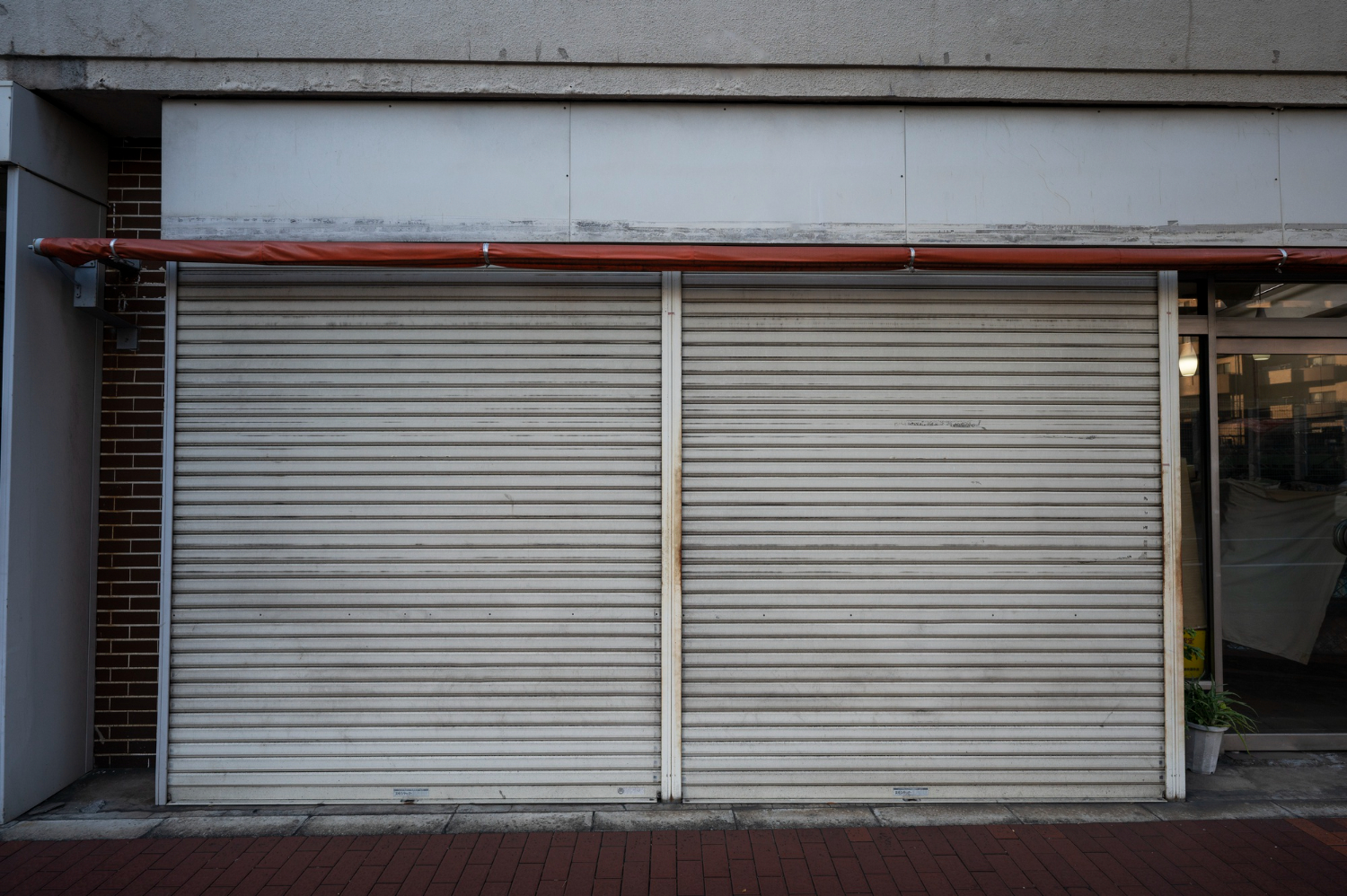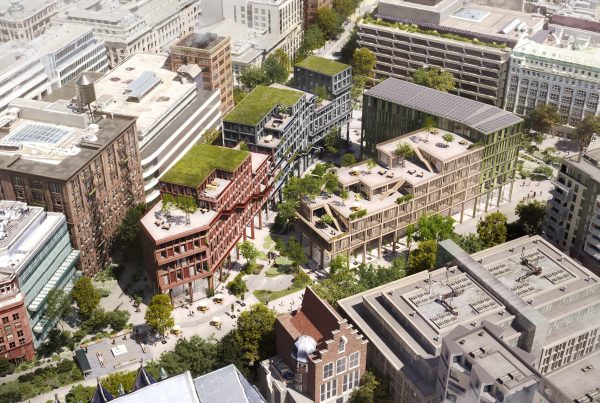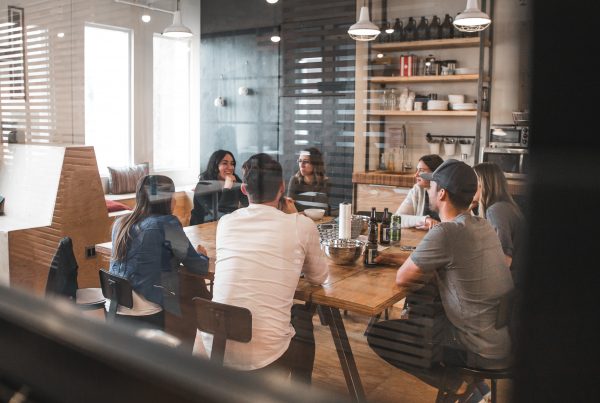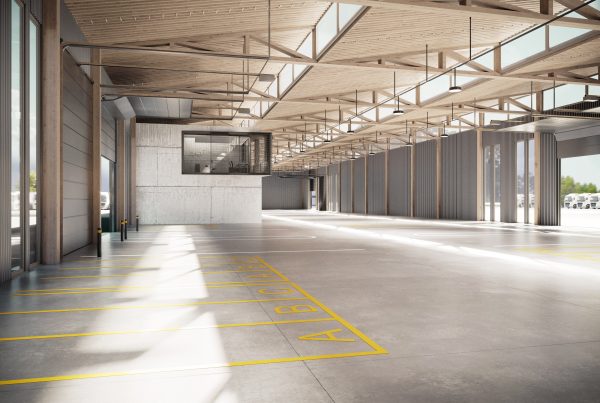Vacant properties are unattractive scars on the cityscape – every place has potential “social capital”
Hamburg architect Justus Asselmeyer advises cities to react creatively to vacancies
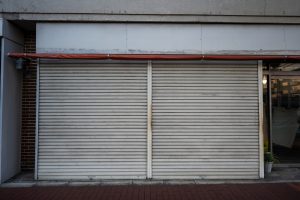 Hamburg (pts010/01.12.2022/09:05) – Sustainable use of vacant real estate in cities. In many German cities, increasing vacancy rates have caused dramatic wounds to the townscape. Not even the centers are spared from business closures and closed storefronts today. What happens to the large shopping malls or commercial spaces that are currently vacant? The bankruptcies during and after Corona have added to the threat that Internet commerce poses to department stores, boutiques and, in some cases, age-old specialty stores. What will become of the huge sales areas of the insolvent Galeria Karstadt Kaufhof? How can these areas be made usable as quickly as possible in a sensible, sustainable, urban and interesting way so as not to encourage slumming? What are good concepts for the sustainable use of vacant real estate in cities?
Hamburg (pts010/01.12.2022/09:05) – Sustainable use of vacant real estate in cities. In many German cities, increasing vacancy rates have caused dramatic wounds to the townscape. Not even the centers are spared from business closures and closed storefronts today. What happens to the large shopping malls or commercial spaces that are currently vacant? The bankruptcies during and after Corona have added to the threat that Internet commerce poses to department stores, boutiques and, in some cases, age-old specialty stores. What will become of the huge sales areas of the insolvent Galeria Karstadt Kaufhof? How can these areas be made usable as quickly as possible in a sensible, sustainable, urban and interesting way so as not to encourage slumming? What are good concepts for the sustainable use of vacant real estate in cities?
The Hamburg architect, Dipl.-Ing. Justus Asselmeyer https://asselmeyerarchitekt.de, advises on creative use with a diverse, colorful offer with added value for the population and in coordination with the identity of the respective city. “The basic idea of the ‘Chelsea Market’ – in Bottrop, Gelsenkirchen or Braunschweig. Added value through good gastronomy, unique retail outlets, movement areas for young and old, boutiques and brands, and innovative companies and start-ups opening small flagships. It is necessary to bundle all ideas, to invalidate the oversized structural scale through diversity and not simply build on top of it. And I say that as an architect,” smiles Justus Asselmeyer, who, with his team, advises and supports many companies and municipalities in the development of identity architecture concepts and calls for the sustainable reuse of buildings and districts in the sense of their deeply rooted identity.
Cities must take strong action against abandoned stores and dirty storefronts and utilize “social capital”.
“A building that has been part of a community for a long time has strong roots in that community. The vacancy is felt as a mental wound. Good architecture offers more than just a rational life between walls and houses. If we can improve social interaction and urban quality between built architecture and human life, we can create sustainable meeting places. Mixed-use developments and the provision of a wide variety of uses and typologies in places, neighborhoods, or even old, oversized vacant department stores can create vibrant neighborhoods and small-scale, unplanned quarters. Such places encourage everyday interactions and shared activities. Therefore, it is necessary to breathe new, meaningful, and beneficial life into these areas for the common good, and above all, to consider their ancestral identity anchored in the population. Simple demolition to build new offices or apartments on the same site is usually an urban planning stillbirth,” says Asselmeyer.
People have loved the idea of markets for millennia.
A market is a meeting place for people, where goods, food, and information are exchanged. Nowhere in a city is there more human interaction than at a weekly market, which is why catering is always available. “This is precisely what modern urban planning is attempting to adopt and transform into the 21st century. Our cities need spaces that are designed for people and residents, places for gathering and human proximity, places that connect with us emotionally and where we feel at home. Worldwide, this concept succeeds when it forms the closest possible connection with the identity of the population that is typical of the place. Imposed concepts are always doomed to fail. In particular, large vacant areas must be reused with foresight, otherwise they will fall into disrepair, and only junk stores that have no prospect of sustainability will move in,” says Hamburg architect Justus Asselmeyer.
Info on the architecture firm and the concept of identity architecture at: https://asselmeyerarchitekt.de/
Link to the press article: https://www.pressetext.com/
ASSELMEYER ARCHITEKT Hamburg
Lange Reihe 29
20099 Hamburg
+49 (0) 40 524 764 040
info@asselmeyerarchitekt.de

